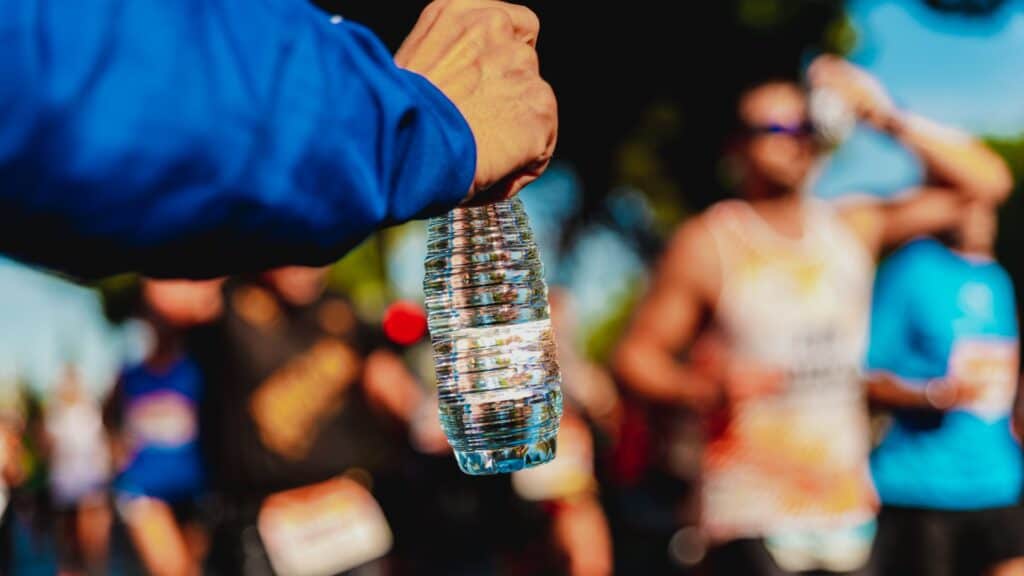It’s a common concern among runners…
The intricacies of staying hydrated during long runs.
This issue, frequently encountered by many, warrants a strategic approach to ensure optimal hydration without discomfort.
In this article, I offer practical advice to effectively maintain hydration levels.
For runners most runners. grappling with post-run hydration poses a significant challenge, particularly in hot weather conditions.
Despite ample access to water during runs, replenishing fluids adequately remains elusive.
The urgency to quench thirst immediately after a run often leads to discomfort, necessitating a more nuanced approach to hydration.
Can You Run a Marathon With a Hydration Pack?

The Importance of Gradual Hydration
Rather than attempting to consume large volumes of fluids in one go, I advocate for a gradual hydration strategy.
Immediate post-run consumption of a combination of energy drinks and water sets the foundation for replenishment.
Subsequently, maintaining a steady intake of fluids throughout the day facilitates optimal absorption, addressing persistent thirst without the discomfort of overindulgence.
Practical Hydration Tips
In managing post-run thirst effectively, incorporating both energy drinks and water into the hydration routine is paramount.
This dual approach ensures the replenishment of electrolytes while hydrating the body.
By sipping water consistently from a water bottle over the course of a few hours, runners can alleviate dryness in the throat and gradually reduce thirst without overwhelming the digestive system.
Extreme thirst post-run, as experienced by some individuals, is not uncommon. For those who sweat profusely, managing hydration needs requires patience and persistence. By keeping fluids readily available and adopting a slow, steady drinking approach, discomfort can be minimized without compromising hydration levels.

It’s essential to recognize that experiencing persistent thirst post-run is a normal occurrence and not indicative of any underlying health issues.
Each runner’s hydration needs vary, and acknowledging this variability is crucial. By prioritizing gradual hydration and understanding the normalcy of post-run thirst, runners can navigate this challenge with confidence.
In conclusion, managing post-run hydration challenges requires a balanced and strategic approach.
By prioritizing gradual hydration, incorporating a mix of energy drinks and water, and acknowledging the variability of individual hydration needs, runners can ensure optimal performance and well-being.



Comments are closed.